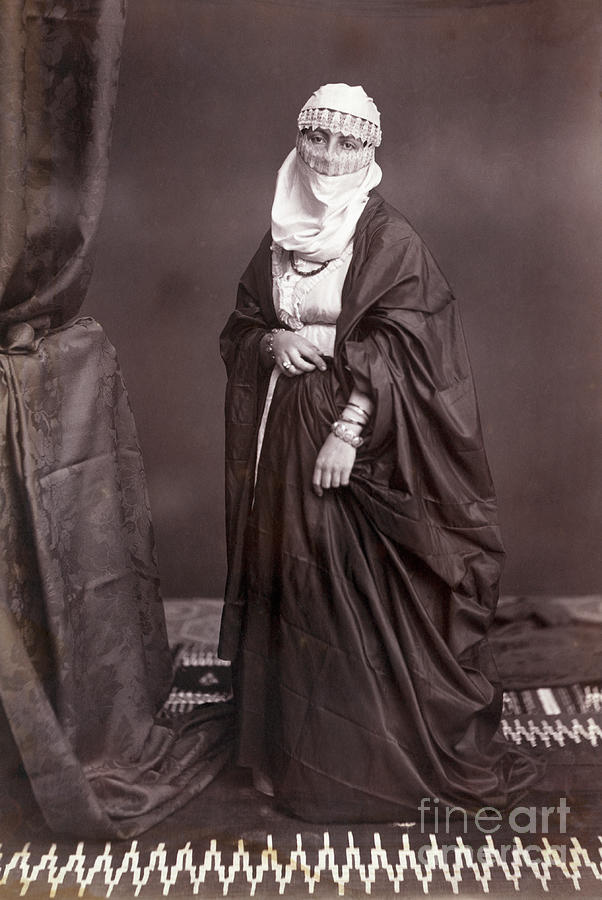Eastern Wear Pakistan: Essential Wardrobe Parts for every single Style Fanatic
Wiki Article
Experience the Beauty of Standard Eastern Attire
Embark on a journey with the detailed world of conventional Eastern clothes, where each garment narrates woven with cultural splendor and historical importance. From the vibrant hues of a Chinese qipao to the regal beauty of a Pakistani shalwar kameez, these garments use a glance right into a globe where workmanship fulfills artistry. The fusion of glamorous materials and fragile needlework methods produces a tapestry of sophistication that goes beyond boundaries and time. Join us as we decipher the secrets behind these splendid pieces and find the appeal of Eastern outfit that has mesmerized generations.History of Eastern Attire
Eastern clothing has an abundant history that dates back centuries, showing the diverse cultures and customs of regions such as Asia and the Middle East. In Asia, traditional clothes differs substantially from the colorful saris used in India to the sophisticated bathrobe of Japan.Throughout history, Eastern outfit has not only served as a type of garments however likewise as a sign of social identification and heritage. Today, Eastern clothes proceeds to progress, mixing standard components with modern-day style patterns to produce classic and unique styles.
Relevance of Needlework
Needlework plays an important role in conventional Eastern outfit, adding elaborate details and cultural significance to garments that have been given via generations. In Eastern societies, needlework is not just attractive yet holds deep symbolic definitions. Each stitch and pattern can share tales, beliefs, and also social status.The art of embroidery in conventional Eastern clothing is a labor-intensive procedure that requires ability and persistence. Very proficient craftsmens meticulously hand embroider elaborate designs onto materials making use of strategies that have actually been improved over centuries. These stitched styles typically mirror the abundant cultural heritage of the region they stem from, showcasing concepts influenced naturally, mythology, or historical occasions.

Extravagant Fabrics Used
Luxurious materials play an essential function in improving the beauty and opulence of standard clothing throughout varied Eastern cultures. Silk, renowned for its gentleness and sheen, is a preferred option for numerous standard garments because of its extravagant feeling and capacity to drape beautifully. In nations like India, China, and Japan, silk has a long history of being utilized in standard attire, signifying wide range and condition.An additional widely made use of elegant textile is brocade, characterized by elaborate patterns woven into the product. Brocade includes a touch of sophistication to garments and is often seen in ceremonial attire and official wear. Velour, with its plush structure and abundant look, is also a popular choice for standard attire in Eastern cultures, especially for unique celebrations and cheery events.
Moreover, satin, fabric, and chiffon are often made use of for their flowing and lightweight qualities, adding a feeling of special and elegance to garments. These extravagant textiles not just raise the visual allure of typical Eastern attire but also add to the overall allure and charm read of the wearer.
Craftsmanship Techniques
Standard outfit in different societies showcases impressive workmanship strategies that are passed down via generations, highlighting the ability and virtuosity included in developing these beautiful garments. Each decoration, stitch, and embroidery is meticulously crafted to produce timeless pieces that embody the social heritage and practices of the region. The workmanship strategies utilized in traditional Eastern clothing commonly involve intricate handwork, such as hand weaving, hand needlework, and hand beading, which call for accuracy and attention to detail.Artisans who concentrate on these methods go through years of training to perfect their abilities and grasp the traditional approaches of garment building and construction. Making use of top quality products incorporated with professional craftsmanship causes garments that not only look visually magnificent yet likewise stand the test of time. The devotion to maintaining these craftsmanship strategies makes sure that each piece of traditional Eastern clothes is an artwork, reflecting the abundant social click resources history and heritage of the area.
Ageless Beauty and Elegance

The intricate needlework, fragile beadwork, and glamorous fabrics used in typical Eastern attire add to its unequaled beauty. The meticulous workmanship gave through generations ensures that every item narrates and radiates elegance and grace.
In addition, the classic shapes and elegant draping of typical Eastern clothing contribute to its long-lasting beauty. The flowing lines and classy designs produce a feeling of consistency and equilibrium that is both visually enticing and mentally fascinating.
Fundamentally, the classic elegance and appeal of traditional Eastern outfit work as a testament to the ability and artistry of the craftsmen that devote their lives to preserving these elegant sartorial practices. - eastern wear pakistan
Verdict
In conclusion, the sophistication of standard Eastern clothing is a testimony to the rich background, cultural significance, and complex craftsmanship of visit homepage the region. From the fancy embroidery to the luxurious materials and ageless appeal, each garment narrates and shows the cultural identity of its origins. Embracing Eastern outfit allows one to appreciate the artistry and beauty that have been passed down through generations, creating truly splendid and fascinating pieces.Embark on a trip through the intricate globe of typical Eastern clothing, where each garment informs a story woven with cultural splendor and historic relevance.Embroidery plays an important role in traditional Eastern attire, including detailed information and cultural importance to garments that have been passed down through generations.Extravagant materials play a crucial duty in improving the sophistication and opulence of standard clothes across diverse Eastern cultures. The craftsmanship methods utilized in conventional Eastern outfit often include intricate handwork, such as hand weaving, hand needlework, and hand beading, which call for accuracy and focus to detail.
In conclusion, the elegance of conventional Eastern attire is a testimony to the abundant background, cultural importance, and complex workmanship of the region.
Report this wiki page